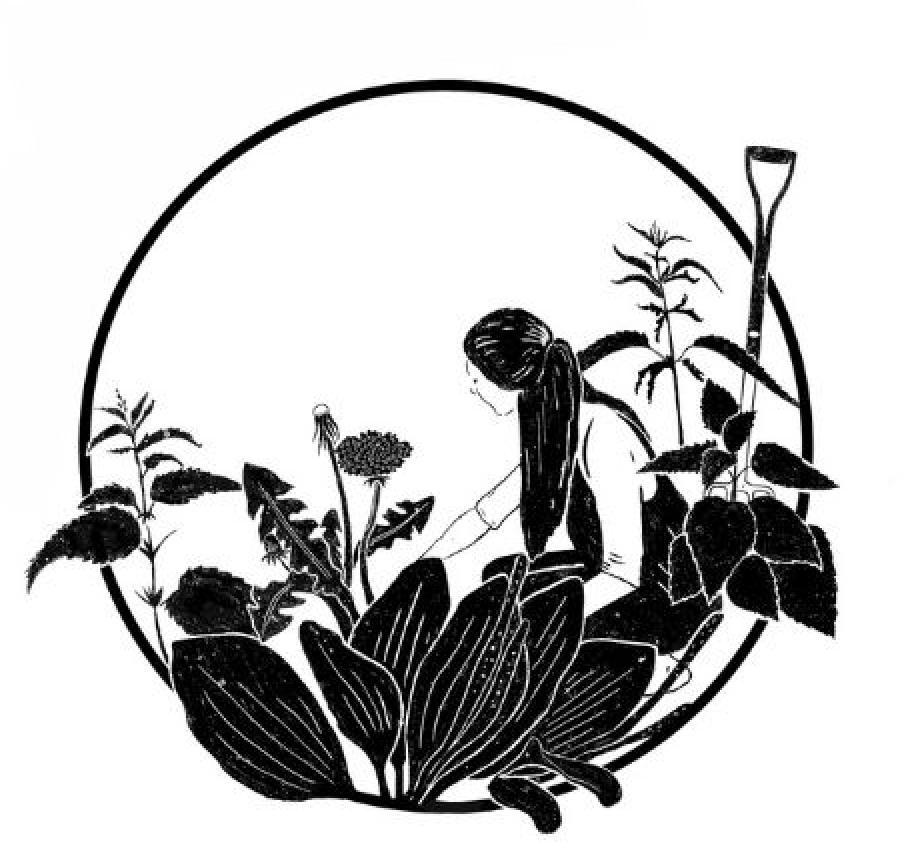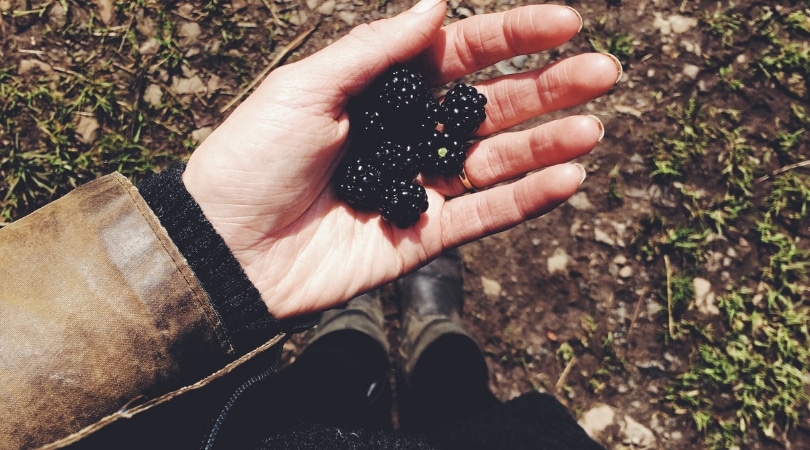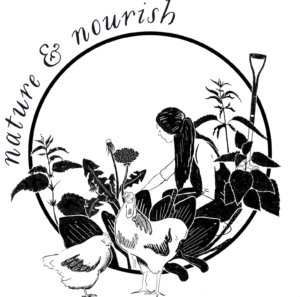I thought I’d try something new this week on the podcast and so have a live foraging walk to share with you today! In autumn there are so many gorgeous things to forage and a brilliant time to make preserves to keep us going through the darker months ahead. To accompany the podcast I’ve included this list of 12 things to forage during autumn. Which plants included are your favourites?
12 things to Forage in Autumn
Crab Apples Malus Sylvestris
A native small tree that grows in hedges and woodland. Has thorny branches and white blossom. Crab apples are approx. 2 cm in diameter. Great for using in jellies.
Blackthorn Prunus Spinosa
Found in hedgerows, open woodland, waste ground. Approx. 4 m high. Dark coloured branches with thorns. White flowers in singles or pairs in spring. Round fruit with bloom called sloes. Use fruit in pickles, infused in gin and in jellies.
Damsons Prunus Domestica
The wild plum favours certain areas within the Uk and Ireland and you’re very lucky if you have one of these glorious trees in your garden. In the wild they can be found in hedgerows and woodland and produce purple black fruit that can be used in crumbles, jams, jellies, infusions.
Rose Hips-Rosa Rugosa/Dog Rose
In the wild you are most likely to come across Rosa Canina aka dog rose. It grows entwined in hedgerows around 1-3m in height. The dog rose has pink flowers in summer and hips in early autumn but best harvested after a good frost. Rosa Rugosa is my favourite wild rose as it has better tasting hips! You can differentiate between the rugosa and the canina by the Rugosa’s squat and fat hips
Blackberries Rubus Fruticosus
These hardly need any introduction! Blackberries tend to be our first foray into wild food and can be used in many recipes!
Elderberry Sambucus nigra
A common enough sight, this ancient shrub is easy to identify with is umbrella like shaped cluster of distinctly scented flowers in summer and followed by tiny shiny black berries in autumn. Berries are particular good infused into vinegar or made into a winter tonic.
Rowan Berries Sorbus Aucuparia
This small, native tree and is widespread across Ireland and the UK and prefers wooded areas, as well as mountainous landscapes. The bright orange berries are great used in jams and jellies but are toxic raw.
Hawthorn Berries Crataegus monogyna
Popular hedgerow plant. Thorny branches with white clusters of small white flowers in spring. In Autumn the fruit is oval and bright red.
Hazel Corylus Avellana
The hazel tree is a shorter tree that is usually found in hedgerows and along banks. Produces lovely hazelnuts in autumn. Harvest when the nuts have turned brown.
Sweet Chestnut Castanea Sativa
A popular tree, large in height and with distinctive prickly seed cases and edible nuts from October. Chestnuts are often used as a flour in Italian baking and are delicious roasted and eaten warm. Not to be confused with the horse chestnut from which we get conkers!
Nettles Urtica Dioica
Found often on waste ground. While best foraging in spring, there will be fresh growth at this time of year. Blanch and serve in place of spinach.
Seabuckthorn Hippophae Rhamnoides
Growing in certain coastal areas, seabuckthorn is a small shrub growing up to 3m high with narrow silver leaves and bright orange berries. High in vit C Best in syrups or jellies.
Listen to the podcast below and dont forget to subscribe on iTunes and leave a review if you enjoyed it! x




really loved loved loved your autumnal foraging walk, I am so proud of you